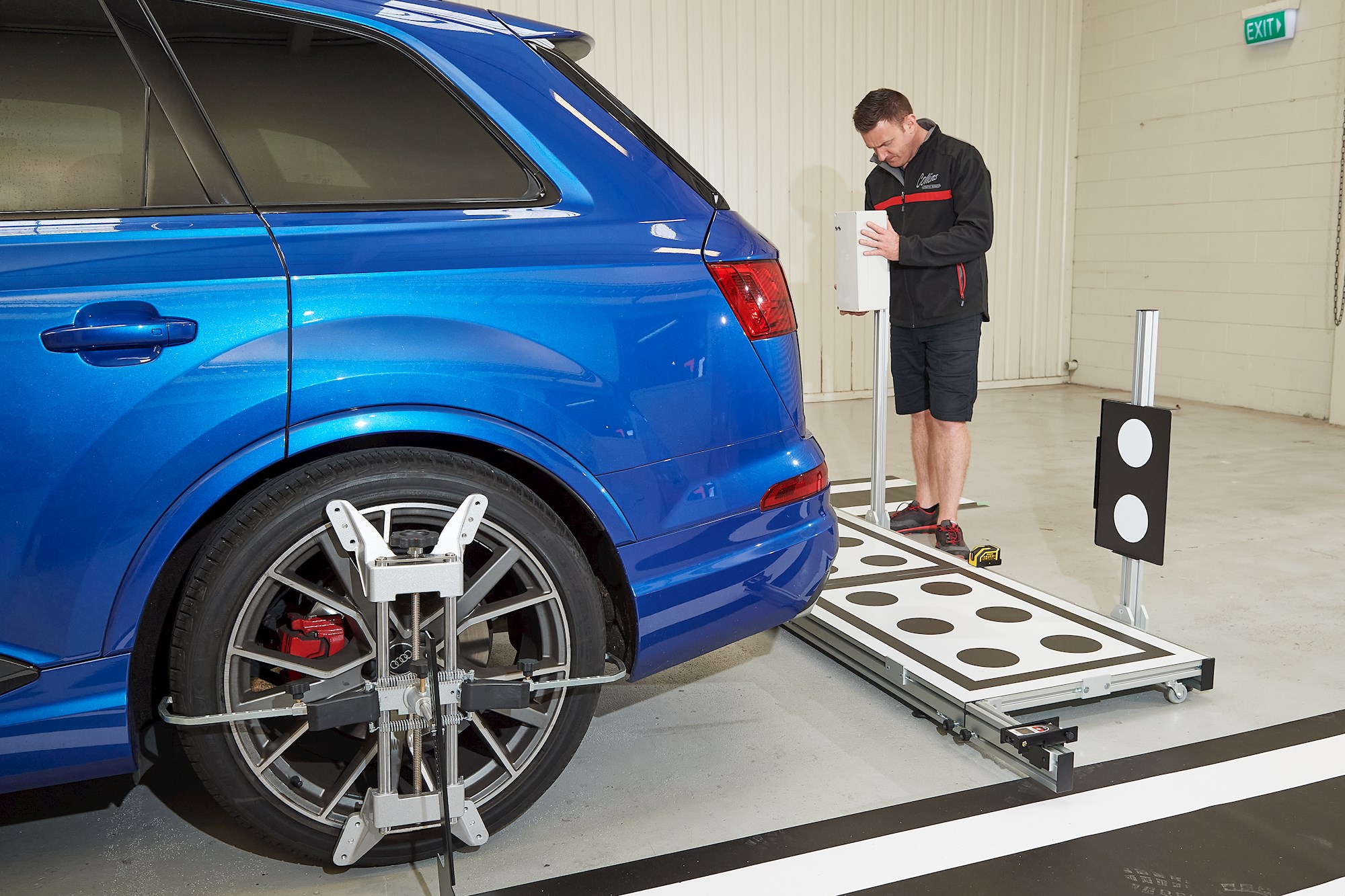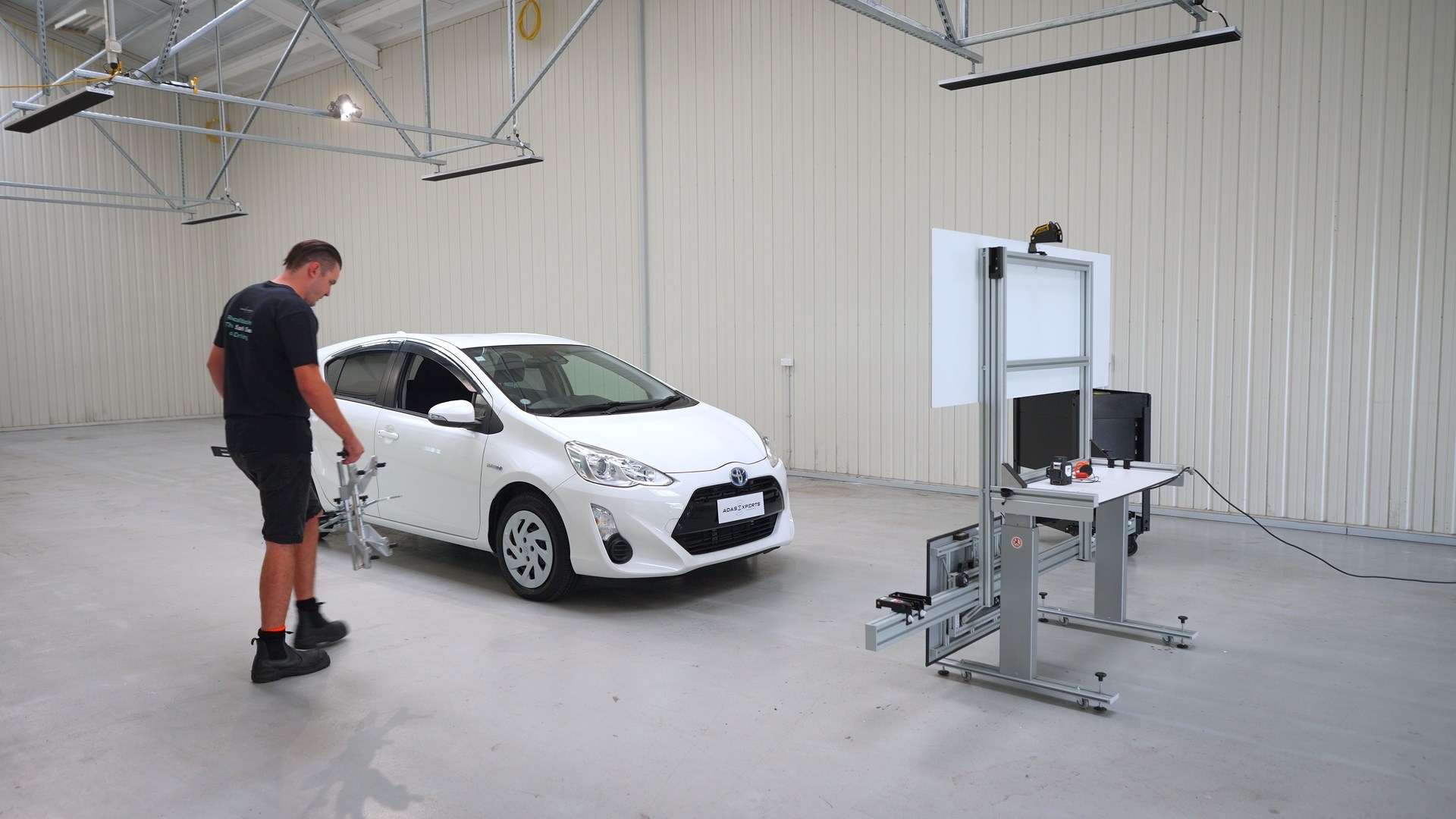SPONSORED CONTENT
Modern cars come packed with multiple Advanced Driving Assistance Systems (ADAS), but can we fully trust them?
According to motorsport legend and road safety promoter, Greg Murphy, such systems are only effective at keeping road users safe if they are kept calibrated so that all their sensors are aligned properly.
“The more ADAS technology that is developed, the safer our roads will become for motorists. But if the sensors are not all working together the way they should, then you have a car with a lot of technology that is underperforming," says Murphy.
“ADAS components that have not been properly calibrated may give customers no warning that anything is wrong until they fail to do their job. This could mean the car misreads the closeness of the vehicle in front, the position of a lane, or the position of a pedestrian which could translate to a matter of life or death.”
Open the brochure for any new car and a substantial part of the specification list will be devoted to the ADAS technologies fitted to the new vehicle. It’ll include driving aids like radar-assisted cruise control, lane-keeping assistance, blind-spot monitoring, autonomous emergency braking, rear cross traffic alert, and more.
Car buyers are keen to have these systems on board while they drive as they’re proven aids to road safety; however few realise that a regular check of these systems is required.
It doesn’t take much of a change in calibration for an ADAS system to require readjustment.

If one of the car’s cameras has shifted just one degree to the left or right of the centerline, the view of the camera when projecting to 150 metres will be offset by 2.6 metres.
The radar that warns an adaptive cruise control system of other vehicles sharing the lane has to identify vehicles 300 metres away and a shift of a single degree in its alignment will offset its view at that range by 5.24m.
Greg Murphy is keen to see ADAS calibration included in vehicle fitness checks and become an integral part of the repair process before any vehicle damaged in an accident is handed back to its owner.
“It absolutely makes sense to require the ADAS system to be checked by a certified provider as part of regular vehicle maintenance, equivalent to having the vehicle’s brakes checked during a WOF," Murphy says.
“In addition, collisions, windscreen replacements, tyre replacements and wheel alignments, as examples, can all affect the vehicle’s safety sensors. Therefore insurers and collision repairers should also be requiring a vehicle to undergo complete ADAS calibration to make sure that when the vehicle is returned to its owner, it’s in a safe condition.”
Besides crash repairs and windscreen replacement, factors that affect ADAS calibration include stone damage, suspension changes, and the normal wear and tear that comes with driving over imperfect road surfaces.
If left un-calibrated, the systems become numb and no longer respond to hazards. A recent example is a Dutch driver who engaged adaptive cruise control and auto-steer on his car and found that it couldn’t detect a truck merging into his lane with unfortunate results.

Another Dutch driver found that the auto-pilot feature of his vehicle couldn’t detect a roundabout and drove straight through it. Although the driver reacted and braked, the human intervention was too late to prevent an accident.
As part of his ongoing promotion of road safety, Murphy has become an advocate for the services of ADAS Experts, a New Zealand-wide network of ADAS service centres.
Already ADAS centres have been established across Auckland, Hamilton, Christchurch, Whangarei and Wanaka, with further centers about to be added to the network in Keri-Keri, Tauranga, Rotorua and Palmerston North.
ADAS Experts also provide the technology, assistance, certification, and training so that fleet operations can include ADAS recalibration in their regular maintenance operations. New Zealand car rental company, GO Rental, recently took the opportunity to upskill its maintenance team on the intricacies of ADAS calibration too.
“With the most up-to-date vehicles (including Tesla Model 3 vehicles) in their rental fleet, John Osborne and the team at GO Rentals knew that an increasing number of their cars were equipped with Advanced Driver Assistance Systems designed to aid in the elimination of accidents,” says ADAS Experts technical trainer, Igor Pall.
“With a safety-first approach, these features were well received. However, the gravel and stones on NZ roads meant that GO Rentals were seeing a lot of broken windscreens. With the majority of their fleet’s windscreens fitted with ADAS sensors, they realized repairs were no longer as simple as just fixing the glass. New windscreens need to be calibrated and the ADAS systems checked.”








